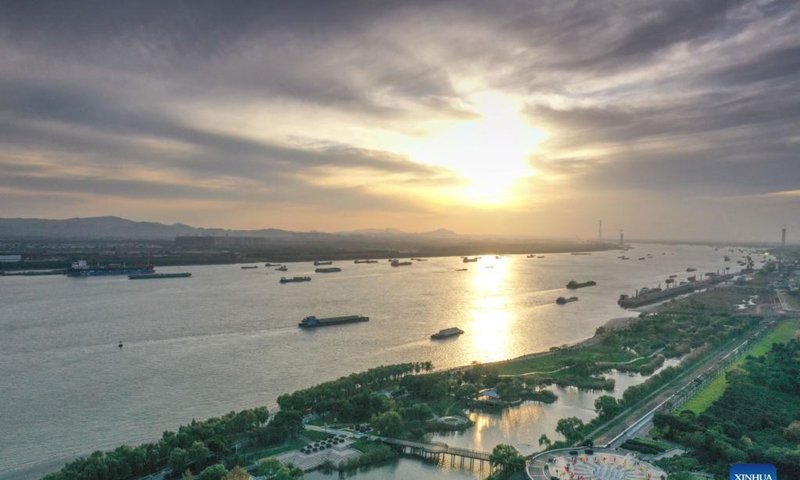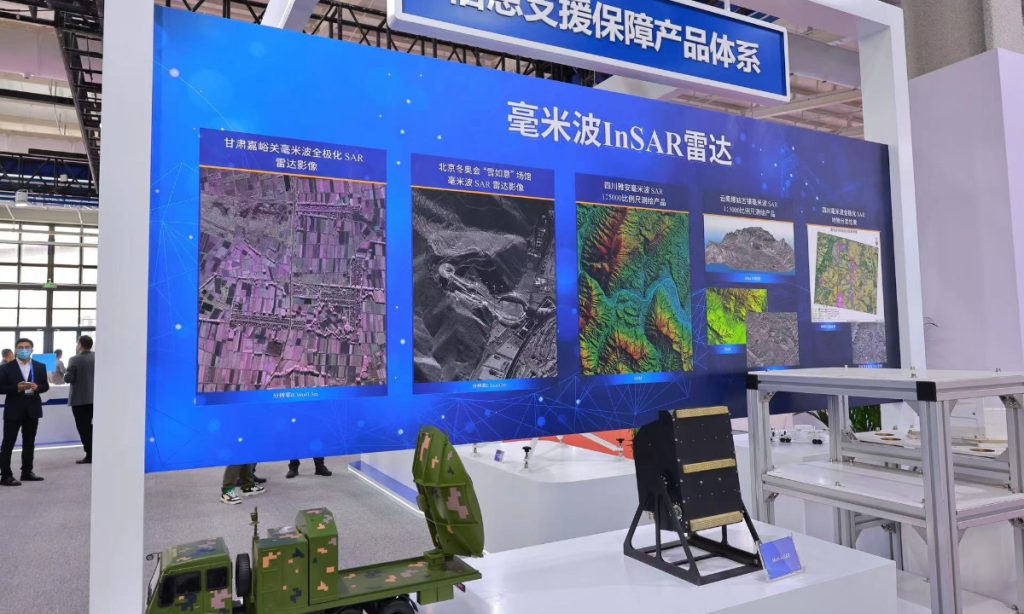Heavily polluted days in China drop under 1% for first time in 2022: Ministry of Ecology and Environment

China's overall environmental quality in 2022 showed an improving trend, with the proportion of heavily polluted days dropping to below 1 percent for the first time, China's Ministry of Ecology and Environment said on Tuesday.
The proportion of "good air days" in cities nationwide was 86.5 percent in 2022, which is ahead of the previous anti-pollution schedule by 0.9 percent. The proportion of heavily polluted days dropped to less than 1 percent for the first time, at 0.9 percent, Jiang Huohua, an official with the Ministry of Ecology and Environment, said at a news conference on Tuesday.
In addition, the concentration of fine particulate matter (PM2.5) fell to within 30 micrograms per cubic meter for the first time, at 29 micrograms per cubic meter. As for the capital Beijing, which was once plagued by air pollution problems, its annual PM2.5 concentration data has been dropping year-on-year for ten consecutive years.
In addition to air quality, data shows that the quality of China's surface water continued to improve in 2022, and the quality of seawater in near-shore waters is also generally improving.
In particular, the Ministry noted that the ecological protection and management of the Yellow River basin has achieved milestones. In 2022, the water quality of the entire main stream of the Yellow River continued to improve. The source of the Yellow River and the Yellow River Delta biodiversity have steadily improved. For example, the number of birds in the Yellow River Delta Nature Reserve has increased from 187 species at the time of the establishment of the area in 1992 to 371 species.
However, the nationwide and key regional ozone concentrations have increased year-on-year, while water ecosystems in some areas are still fragile and noise pollution remains a problem, said the ministry. "The inflection point for qualitative changes in ecological environmental quality has not yet arrived, and the task of ecological environmental protection remains daunting," the official said.
The problem of noise pollution will be a key concern in 2023. By the end of 2023, China plans to complete a sound environment quality monitoring network covering all functional areas of cities at the prefecture level and above, Jiang noted. The Ministry of Ecology and Environment also asked that localities should focus on areas with a high concentration of noise-sensitive buildings that have received complaints, and they should investigate and monitor the quality of the sound environment and noise emissions.
